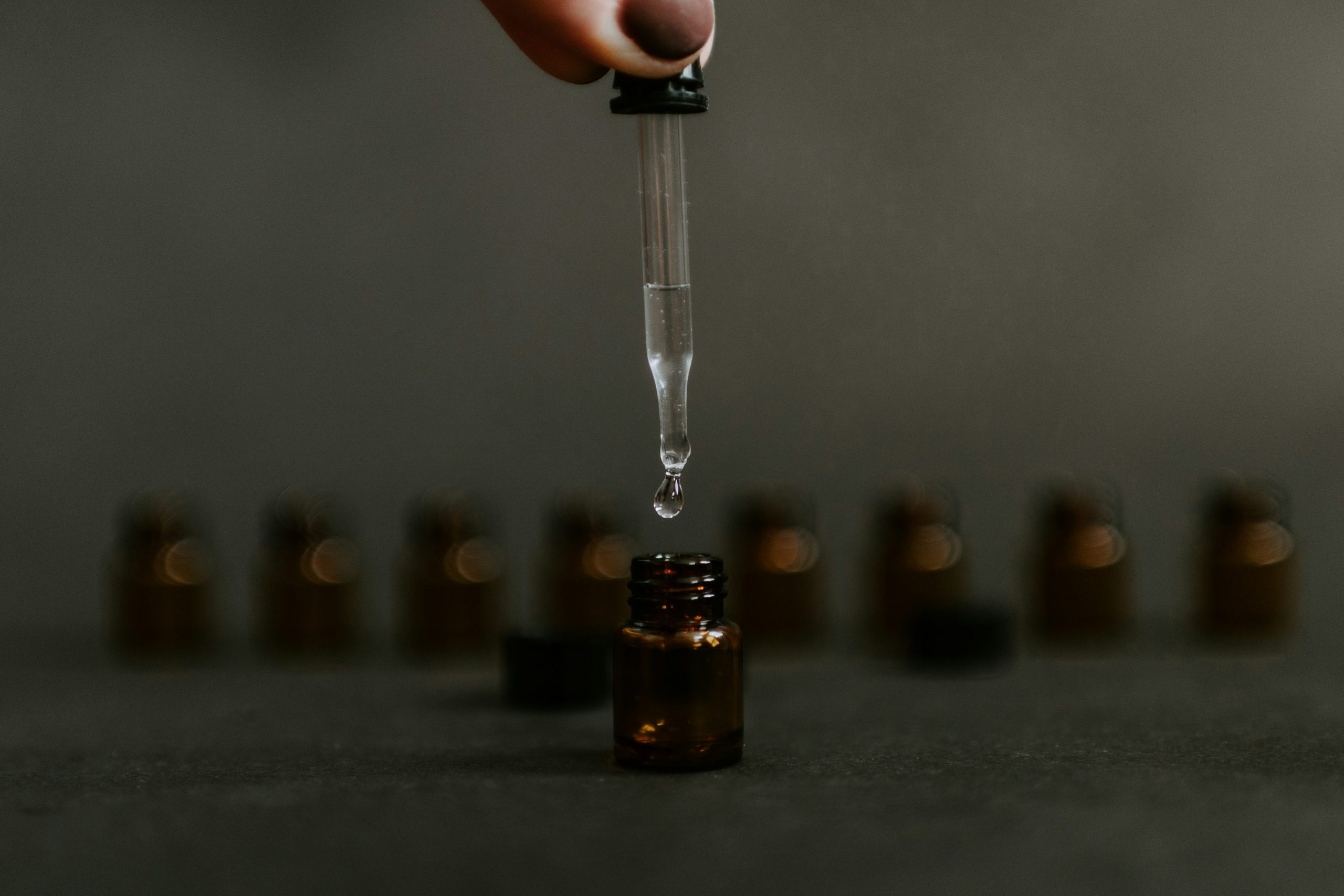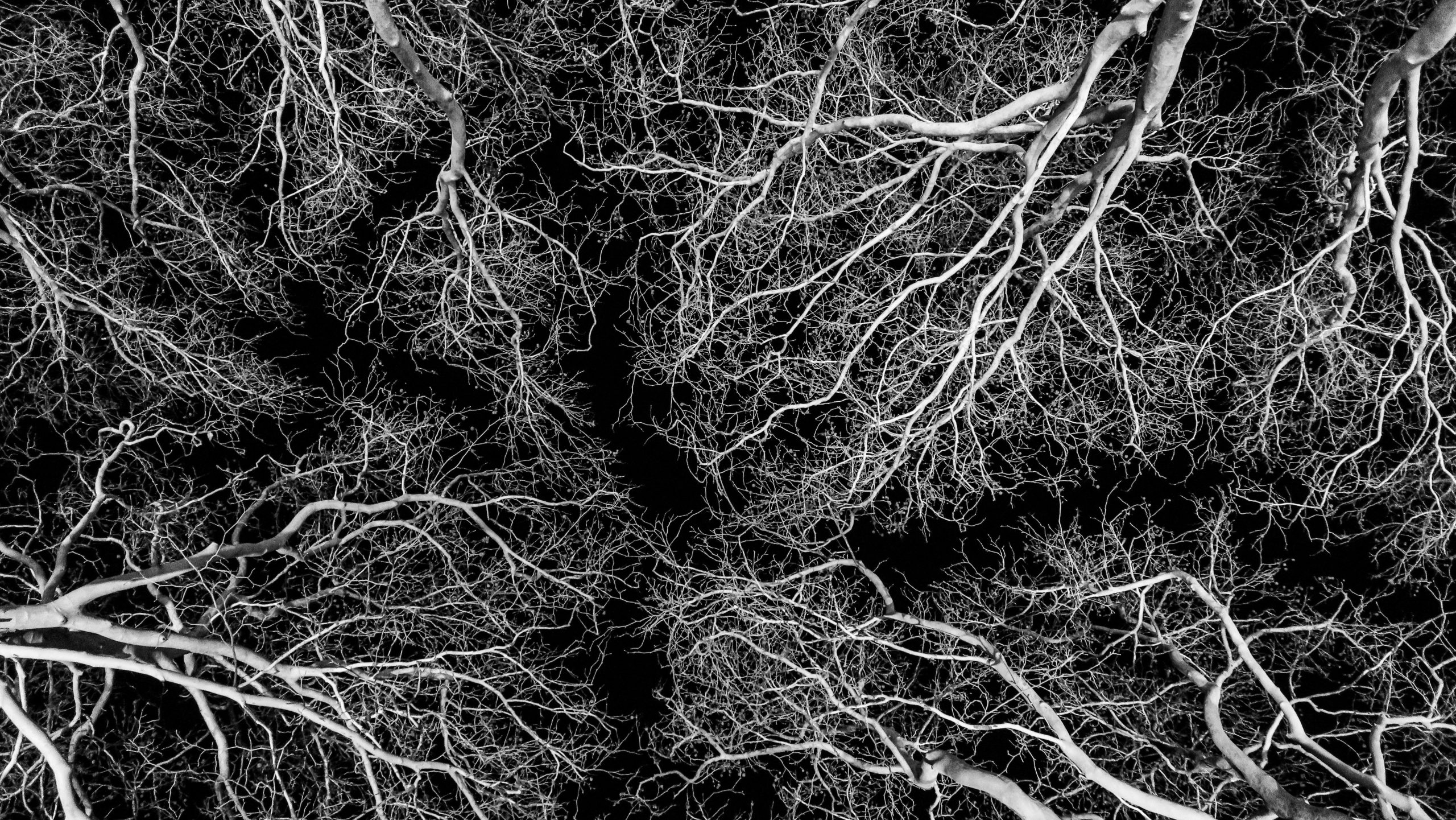Microdosing psychedelics – taking sub-hallucinogenic doses of substances like psilocybin or LSD – has gained popularity as a potential tool for enhancing mental health, creativity, and cognitive function. At Clinica Synaptica, we recognize the growing interest in this practice and aim to provide a clear, evidence-based overview of its therapeutic potential, safety considerations, and current research findings, drawing on recent scientific literature.
What is Microdosing?
Microdosing involves consuming small, sub-perceptual doses of psychedelics—typically 5–10% of a standard recreational dose—on a regular schedule, such as every three days or 2–4 times per week. Common substances include lysergic acid diethylamide (LSD, 5–20 mcg) and psilocybin (0.1–0.5 g of dried mushrooms) and, less frequently, ketamine, though ketamine’s use in microdosing is less studied. Unlike full-dose psychedelic therapy, which induces profound altered states of consciousness, microdosing aims to provide subtle enhancements in mood, focus, and emotional well-being without perceptual distortions. Popularized by James Fadiman’s 2011 book The Psychedelic Explorer’s Guide, microdosing has gained traction through media coverage and anecdotal reports, particularly among professionals seeking performance enhancement.
Mechanisms of Action
Psychedelics like psilocybin and LSD primarily act as agonists at serotonin 5-HT2A receptors, influencing mood, cognition, and perception. Microdoses are thought to subtly modulate these pathways, potentially reducing activity in the default mode network (DMN), which is associated with self-referential thoughts, and increasing connectivity between brain regions. Studies suggest low doses of LSD (5–20 mcg) can alter neural connectivity, social cognition, and pain perception without causing significant perceptual changes. Psilocybin microdoses (0.3–3 mg) may bind to 5-HT2A receptors with minimal intensity, potentially supporting emotional regulation and neuroplasticity. However, the exact mechanisms underlying microdosing remain understudied, and long-term effects require further investigation.
Therapeutic Potential for Depression and Anxiety
Emerging research suggests microdosing may offer benefits for mental health, particularly for depression and anxiety. A 2020 review of studies conducted on healthy volunteers and patient samples by Kuypers highlights the therapeutic potential of microdosing psychedelics in depression, noting improvements in mood, emotional regulation, and cognitive flexibility. Aside from these positive effects, in some cases microdosing could expand anxiety and the cycling patterns of depressive and euphoric moods as well. The study suggests that low doses may enhance neuroplasticity and serotonin receptor activity, which could underlie antidepressant effects.
Similarly, Rootman et al. (2021) found that adults who microdose psychedelics report health-related motivations, such as managing depression and anxiety, and exhibit lower levels of these symptoms compared to non-microdosers. This observational study, involving over 4,000 participants, suggests this practice may improve mental well-being, particularly for those with pre-existing mental health challenges. However, the authors note that self-selection bias and the lack of placebo controls limit definitive conclusions.
Cognitive and Motivational Benefits
Microdosing may also enhance cognitive functions and motivation. Higgins et al. (2021) conducted preclinical studies on rats, finding that low doses of psilocybin and ketamine improved motivation and attention in poorly performing subjects, suggesting antidepressant-like properties. These findings align with anecdotal reports of increased focus, creativity, and productivity among human microdosers. While human studies are less conclusive, these preclinical results provide a foundation for understanding how microdosing may support cognitive and emotional resilience.
Safety and the Placebo Effect
Safety is a critical consideration in microdosing. Ona and Bouso (2020) conducted a systematic review of microdosing psychedelic drugs, concluding that it appears to have a favorable safety profile when done in controlled settings. Reported side effects are typically mild, including slight increases in anxiety, headaches, or fatigue, particularly if doses are miscalibrated. The review emphasizes the importance of precise dosing and professional guidance to minimize risks, especially for individuals with a history of psychosis or cardiovascular issues.
The placebo effect also plays a significant role in microdosing’s perceived benefits. Ona and Bouso note that expectations of positive outcomes may amplify reported improvements in mood and cognition. Controlled studies, such as those reviewed by Murphy et al. (2024), underscore this, finding that while some benefits are statistically significant, the magnitude of effects is often small and may be influenced by placebo responses. Double-blind, placebo-controlled trials are needed to disentangle true pharmacological effects from expectancy.
Current Evidence and Limitations
Controlled studies on microdosing remain limited. Most evidence comes from observational studies or self-reports, which are prone to bias, and the lack of randomization and control groups may complicate causal inferences. As highlighted by Murphy et al. (2024), of 19 placebo-controlled studies reviewed by 2024, most focus on LSD, with only two examining psilocybin. Findings show mixed results: LSD microdoses (10–20 mcg) alter blood pressure, sleep, and neural connectivity, but repeated doses often show no significant cognitive or mood changes compared to placebo. Psilocybin studies are limited but suggest subtle effects on cognition and brain activity. While microdosing shows promise, rigorous clinical trials are needed to establish efficacy and optimal protocols. Its potential benefits are hard to separate from what could be mostly placebo effects. Additionally, the variability in dosing schedules, substance purity, and individual responses further complicates research. Additionally, the legal status of psychedelics like psilocybin and LSD restricts large-scale studies, though decriminalization efforts in several places like Oregon and Colorado may facilitate future research.
Evidence for ketamine microdosing is particularly limited, with no studies published as of yet with clinical trials on humans, although low dose ketamine has shown some benefits. Furthermore, at Clinica Synaptica we believe the microdosing model further separates the use of these substances from the psychedelic experience, a risk accentuated by the myriad of pharmaceutical companies currently trying to develop non-psychedelic versions of all of these substances. Although we acknowledge that the psychedelic experience can be scary and perhaps even dangerous without the proper guidance and support, we believe that this is one of the essential aspects of psychedelic-assisted therapy. The transcendental nature of these experiences expand and transform the potential for growth and a more permanent change. This is why at Clinica Synaptica we work with the psychedelic model, starting with low doses first to create a safe experience, and exploring higher doses further along the line if necessary.
References
Kuypers, K. P. (2020). The therapeutic potential of microdosing psychedelics in depression. Therapeutic Advances in Psychopharmacology, 10. https://doi.org/10.1177/2045125320950567
Murphy, R. J., Muthukumaraswamy, S., & De Wit, H. (2024). Microdosing Psychedelics: Current evidence from controlled studies. Biological Psychiatry Cognitive Neuroscience and Neuroimaging, 9(5), 500–511. https://doi.org/10.1016/j.bpsc.2024.01.002
Ona, G., & Bouso, J. C. (2020). Potential safety, benefits, and influence of the placebo effect in microdosing psychedelic drugs: A systematic review. Neuroscience & Biobehavioral Reviews, 119, 194–203. https://doi.org/10.1016/j.neubiorev.2020.09.035
Rootman, J. M., Kryskow, P., Harvey, K., Stamets, P., Santos-Brault, E., Kuypers, K. P. C., Polito, V., Bourzat, F., & Walsh, Z. (2021). Adults who microdose psychedelics report health related motivations and lower levels of anxiety and depression compared to non-microdosers. Scientific Reports, 11(1). , C. J. (2022). The Microdosing Guidebook: A Step-by-Step Manual to Improve Your Physical and Mental Health Through Psychedelic Medicine. Simon and Schuster.



